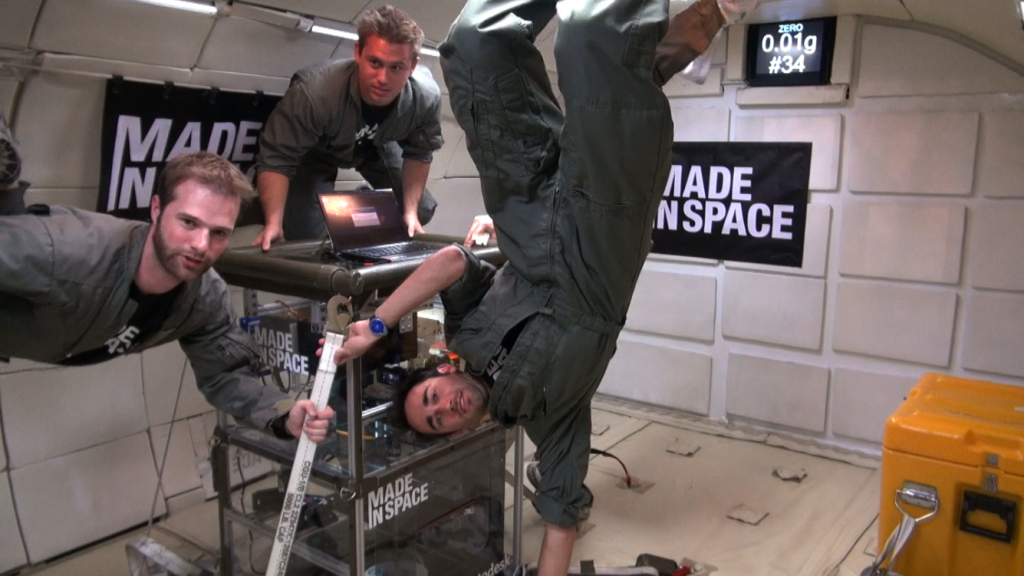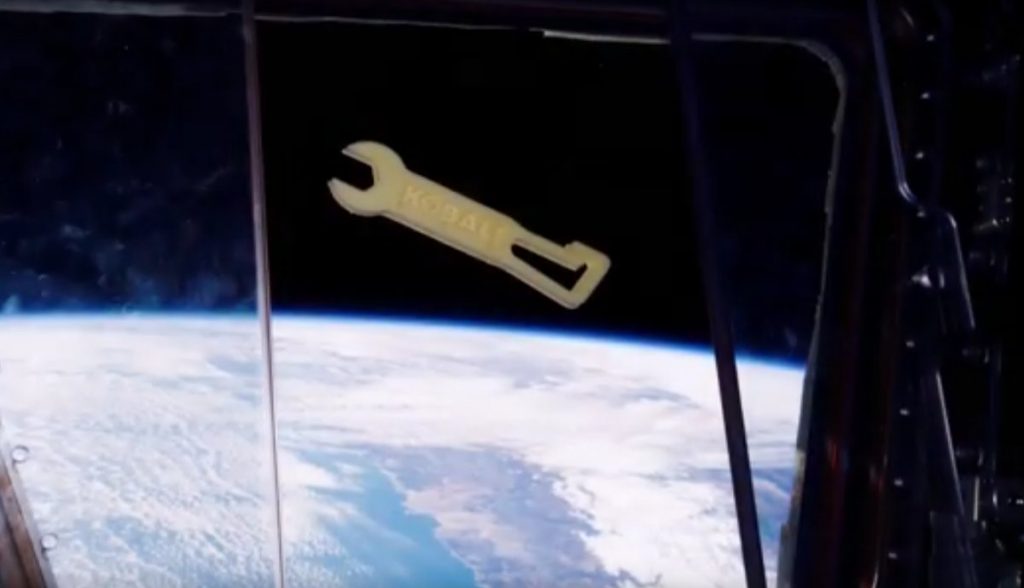3D Printing Industry asked Justin Kugler, business development engineer at Jacksonville Florida’s Made in Space about plans for the future of additive manufacturing in space.
Made in Space is most widely known for putting the first 3D printers on the International Space Station (ISS). The company have also developed the Archinaut system for orbital fabrication. Currently work is underway to advance the enterprises additive manufacturing, microgravity-enabled materials, and space-based services. As we reported earlier this week, work is progressing with news of a partnership with Axiom Space: the enterprise behind a commercial space station.

Three key areas for Axiom and Made In Space partnership
Justin Kugler has a B.S. in Aerospace Engineering from Texas A&M, with a focus on flight vehicle dynamics, and a M.S. in Mechanical Engineering from Rice, with a focus on aeroastronautics and intelligent systems. Kugler has worked with NASA and also CASIS the managing NGO for the ISS National Lab. He tells me that the partnership with Axiom Space is, “still in the early stages, but we see three key areas of joint development.”
First, we can immediately provide services based on our ISS Additive Manufacturing Facility (AMF) for Axiom clients. One of the really interesting things we can do with AMF is print parts for experiments in-flight. This will help Axiom’s customers develop their own space research capability, in some cases without having to build new hardware, and make changes without waiting for resupply from the ground.
Off-world manufacturing
Coming up in 2017, Made In Space will be, “flying the first device for manufacturing fluoride optical fiber in microgravity to the ISS later this year, as a proof-of-concept.” Kugler says, “This is a formulation that we are confident has such superior performance to terrestrially-manufactured exotic fibers that it is economically viable in today’s markets. We expect to fly an optical fiber mini-factory with Axiom’s first module in 2020, as part of the transition from applied R&D on the ISS to commercial production in Low Earth Orbit.”
Working with Axiom means, “exploring how we can add value to the Axiom commercial module by using our Archinaut in-space manufacturing technology to fabricate and assemble external structures, like payload platforms and antenna arrays, that won’t fit for launch.”

Made in Space will give Axiom the ability to upgrade the module without adding development risk to the core systems. As Kugler says, “these all based on flight-proven integrated systems. Archinaut is currently in development through NASA’s Tipping Point Program and we expect to deliver a prototype with integrated robotics to NASA in 2018. A version that builds single extendable structures, like booms, will be ready later this year.”
If you want to “co-pilot the revolution” Made In Space are now recruiting.
Also, if you want to nominate Made In Space or another enterprise using 3D printing in an innovative manner, then follow this link for the 1st Annual 3D Printing Industry Awards.
Featured image shows a space station from the game Elite Dangerous.



